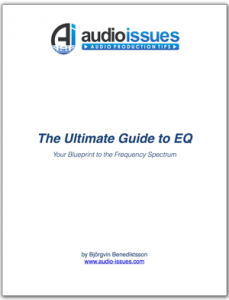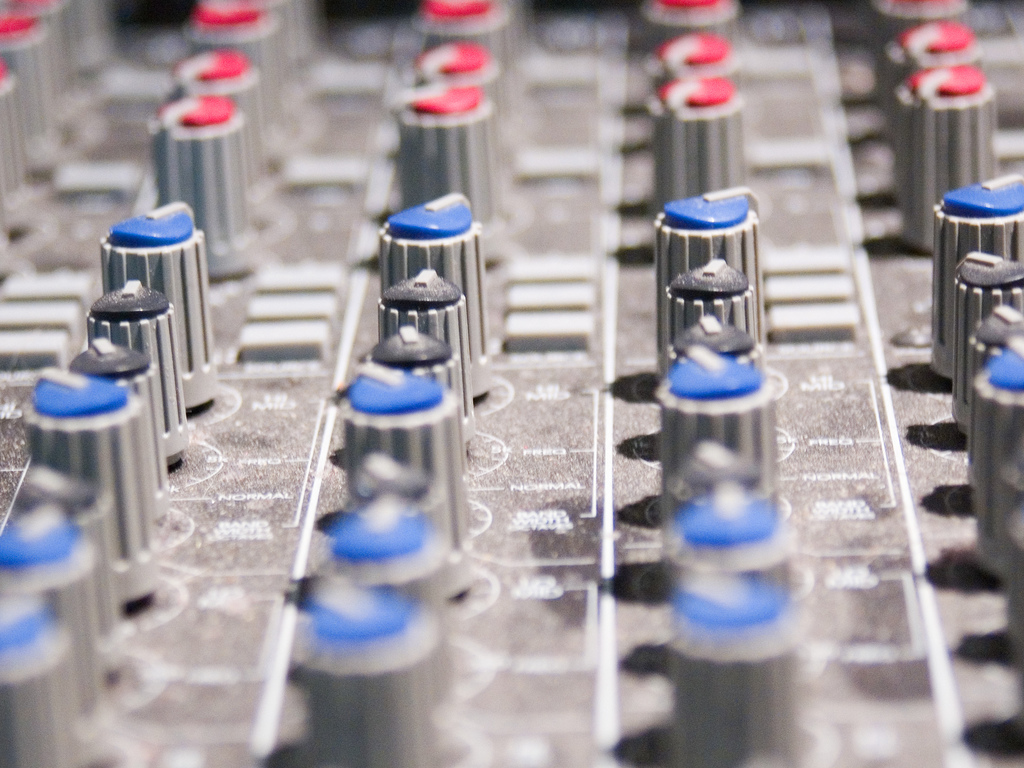What’s Midrange Got To Do With Women?
Midrange is a lot like women.
Can’t live with them. Can’t live without them.
Now that I’ve made my fiancé really mad (she subscribes to my emails….sorry sweetie!) I’ll tell you what I mean.
Midrange is such a necessary part of any good mix, but it’s sometimes the hardest part to get right.
You’re gonna have to deal with it because without it your mix will either sound thick and muddy like somebody threw a blanket over it, or thin and harsh because you’ve cut out way too much of it.
When Is It Good?
You need to add midrange when your instruments sound thin and weak. When your singer needs more thickness or your guitar parts need more weight.
That’s when you grab your EQ and boost.
Don’t be scared of adding midrange just because you’re afraid of muddiness. Use it when it’s obvious your mix needs it.
When Is It Bad?
The bad part about midrange is that if you leave it unchecked it’s gonna clutter up your whole mix!
We’ll have the exact opposite problem on our hands. Vocal sounds that are boomy and guitar tracks that are all muddiness and no attack.
That’s when you get your subtractive EQ out and sculpt those frequencies until they play nice with all the frequencies in the playground.
The Big Problem on Everybody’s Mind
The reason midrange is such a common problem is because you find it in every single instrument. Take this chart for example, almost every single instrument has a presence in the lower-mid frequencies, the area that causes the most amount of problems.
Even though most of the instruments have a very broad frequency range up to the very highs it is always the lower-mids that cause the biggest amounts of problems in your mix.
So like I said, can’t mix with them, can’t mix without them.
You just gotta learn to listen to them and treat them right 😉
P.S.
 If you’re having problems with your EQ’ing, check out The Ultimate EQ Guide – Your Blueprint to the Frequency Spectrum.
If you’re having problems with your EQ’ing, check out The Ultimate EQ Guide – Your Blueprint to the Frequency Spectrum.
It’s a quick and easy guide filled with tips and tricks on how to make better EQ decisions.
www.audio-issues.com/ultimate-guide-eq
Image by: ratterrell
Music Mixing








LEAVE A COMMENT